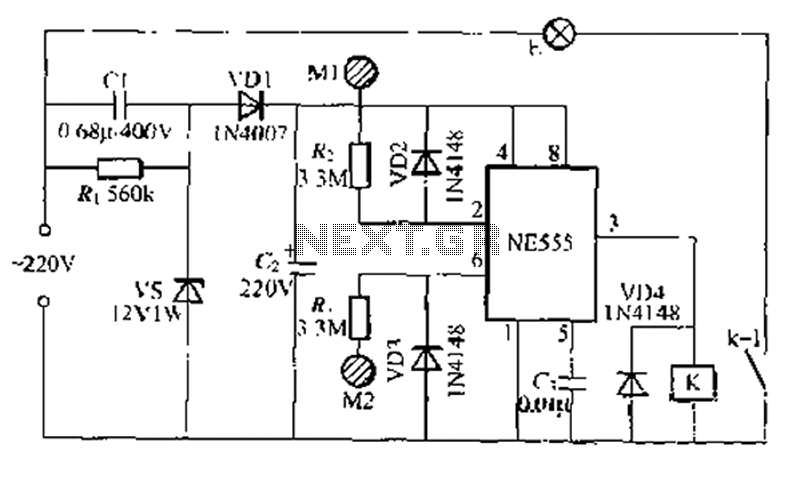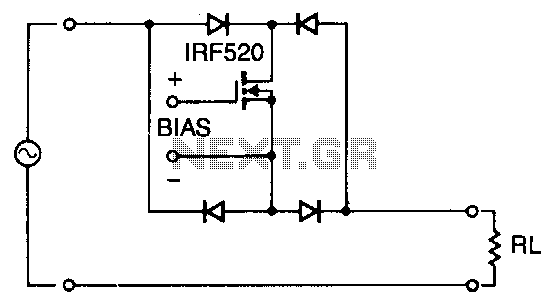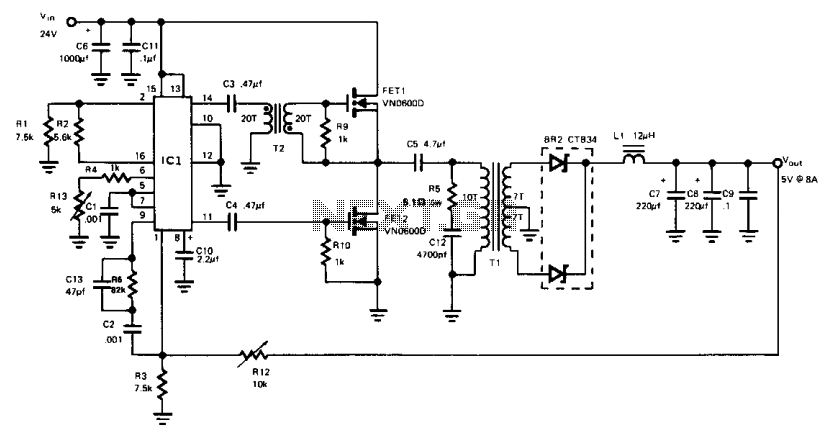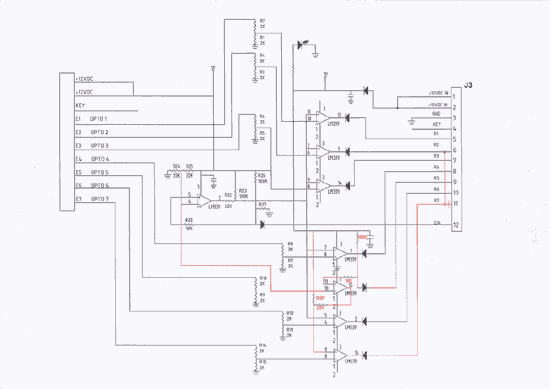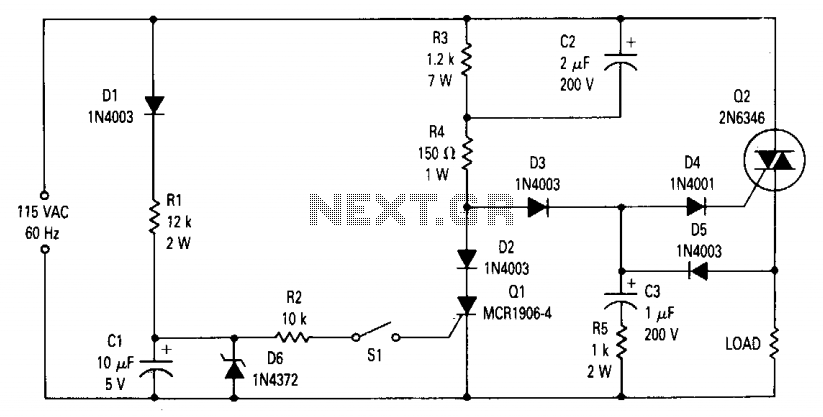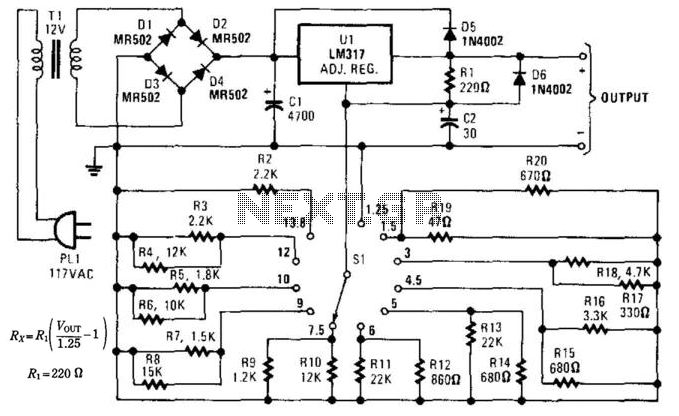
Touch-sensitive switch
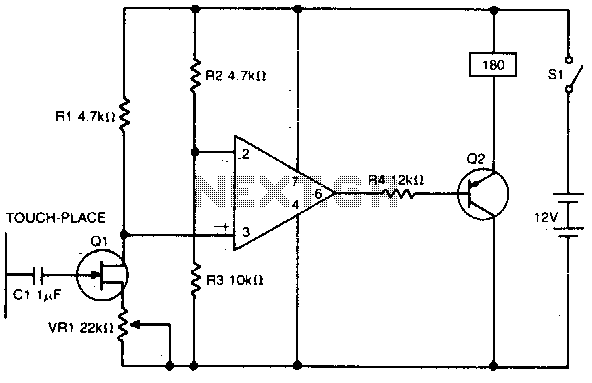
A high impedance input is provided by Q1, a general-purpose field effect transistor. The 741 operational amplifier is utilized as a sensitive voltage level switch, which subsequently activates Q2, a medium current PNP bipolar transistor. This action energizes a relay that can be employed to control equipment, alarms, and other devices.
The circuit employs a field effect transistor (FET), specifically Q1, to achieve a high impedance input. This characteristic is crucial for minimizing the loading effect on the preceding circuit stage, allowing for accurate signal processing. The FET operates by controlling the flow of current through its channel in response to an applied gate voltage, thus enabling the circuit to respond to low-level signals effectively.
The 741 operational amplifier serves as a voltage comparator, providing a threshold detection mechanism. When the input voltage exceeds a predetermined level, the op-amp output transitions, which then drives the base of Q2. As a medium current PNP bipolar transistor, Q2 is capable of handling the necessary current to energize the relay coil.
The relay acts as a switch, allowing for the control of higher power loads, such as motors, lights, or alarm systems, without directly interfacing with the sensitive components of the circuit. This configuration enhances the overall robustness of the system, ensuring that the low-power control signals can safely operate higher power devices.
In summary, this circuit design effectively combines a high impedance input stage with a voltage level detection mechanism and a power switching element, making it suitable for a variety of applications in automation and control systems.A high impedance input is provided by Ql, a general purpose field effect transistor 741 op amp is used as a sensitive voltage level switch which in turn operates the current Q2, a medium current PNP bipolar transistor, thereby energizing the relay which can be used to control equipment, alarms, etc. 🔗 External reference
The circuit employs a field effect transistor (FET), specifically Q1, to achieve a high impedance input. This characteristic is crucial for minimizing the loading effect on the preceding circuit stage, allowing for accurate signal processing. The FET operates by controlling the flow of current through its channel in response to an applied gate voltage, thus enabling the circuit to respond to low-level signals effectively.
The 741 operational amplifier serves as a voltage comparator, providing a threshold detection mechanism. When the input voltage exceeds a predetermined level, the op-amp output transitions, which then drives the base of Q2. As a medium current PNP bipolar transistor, Q2 is capable of handling the necessary current to energize the relay coil.
The relay acts as a switch, allowing for the control of higher power loads, such as motors, lights, or alarm systems, without directly interfacing with the sensitive components of the circuit. This configuration enhances the overall robustness of the system, ensuring that the low-power control signals can safely operate higher power devices.
In summary, this circuit design effectively combines a high impedance input stage with a voltage level detection mechanism and a power switching element, making it suitable for a variety of applications in automation and control systems.A high impedance input is provided by Ql, a general purpose field effect transistor 741 op amp is used as a sensitive voltage level switch which in turn operates the current Q2, a medium current PNP bipolar transistor, thereby energizing the relay which can be used to control equipment, alarms, etc. 🔗 External reference
